Reinier Spruit: Finally, data-driven annual plans!
January 17, 2024
Magda Sadłowska: Successful crisis response – how one campaign saved a helpline & won supporters
May 22, 2024Storytelling is an essential element of any successful fundraising appeal, and fairy tales are some of the most successful stories there have ever been. This month for Fundraising Europe, Germany’s Dr. Christian Gahrmann talks us through what makes fairy tales so compelling and what we can learn from them to use in our own storytelling.
Once upon a time there was a little girl who lived without a father and mother. She only had her clothes and a piece of bread. One day she went out into the forest. There she met poor people, each in turn to whom she gave her bread, her dress and finally even her undershirt. The girl stood there, with nothing left. Suddenly stars fell from the sky and turned into many coins. She wore a dress again. She collected the coins in her dress and was rich for the rest of her life.
This famous fairy tale by the Brothers Grimm, “The Star-Money”, is probably the favourite fairy tale of all fundraisers. It makes clear what every donor can experience: whoever gives, will be given to. But it is also a good example for us in another way: it is a story that touches our hearts. In other words, the stuff fundraisers’ dreams are made of.
The value of good stories
We all know that fundraising thrives on good stories. Stories make us empathize, identify with the hero and intuitively understand the problem for which help is needed. People donate for people. Not for organizations. That’s why good stories bridge the gap between donors and charities. Studies have shown that appeals for donations with a story are up to ten times more successful than those without a story.
To be able to tell good stories ourselves, we need good examples. And fairy tales, the oldest stories in the world, are very good examples. But what can we learn from fairy tales such as “The Star-Money”, “Cinderella” or “Bremen Town Musicians”? And why have such stories fascinated people so much for over 6,000 years?
What makes fairy tales so compelling?
The special thing about fairy tales is that they have both a visible level and an invisible, subconscious one. This is because fairy tales are an expression of the collective unconscious. They speak directly to our subconscious. If we also know that we make our decisions, including those to donate, predominantly from our subconscious – which knows we want to donate to (for example) flood victims before we know it! – then the importance of fairy tale stories for fundraising becomes clear.
Typical fairy tale elements and how to use them
The following elements are typical of fairy tales and they are also what make our stories successful:
- Narrative elements The story has a hero and good wins in the end. The hero is often supported by friends and helpers. Such narrative patterns make strong stories. The little girl fighting for her life in the leukaemia ward who, thanks to her plush horse “Cinderella” – and her parents, who can be with their daughter with the help of a residential facility financed by donations – has the strength to get through the therapy and get well, is one such story.
- Linguistic elements The language in fairy tales is simple and unaffected. They are written in main clauses, not subordinate clauses. In verbs, not nouns. In the active, not the passive voice. Important sentences and words are repeated. This is how we should tell our stories too. A story that cannot be read and understood by children is neither a good story for our adult readers.
- Symbolic elements Every fairy tale has symbolic elements. Little Red Riding Hood’s red hat, which refers to the “revolutionary” leaving of the path, or the seven dwarves who bring good luck to Snow White. Gates and doors are also highly symbolic in fairy tales. I remember writing a story for a charity organization in which an orphan boy runs away from his grandma to find something to eat. Eventually he knocks on the gate of one of the organization’s schools. And the moment he is allowed through the gate, his life changes. The next day, he sits on a school bench for the first time.
- Psychological elements Fairy tales are based on a so-called ethics of events. Our sense of justice should be brought back into balance. Fairy tales tell us how the world should be. This should also be the theme of our stories. The more clearly and colourfully we create images of a good world in our stories, the more people will donate to us.
So, read a fairy tale again! From the Brothers Grimm, Hans Christian Andersen, 1001 Nights or from an Irish fairy tale book. And let yourself be inspired. In the best case scenario, the next time you send out a fundraising mailing, it will rain stars from the sky.

Dr Christian Gahrmann
About Dr. Christian Gahrmann
Dr. Christian Gahrmann is an expert in strategic fundraising and a passionate storyteller with twenty years of professional experience. His consulting focus also includes grant management and fundraising on the internet and social media. He advises local, national and international nonprofit organizations.
Main picture by Pixabay




